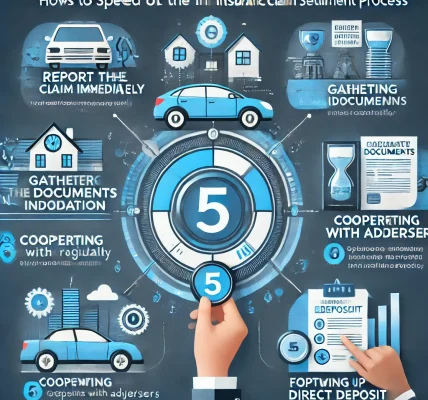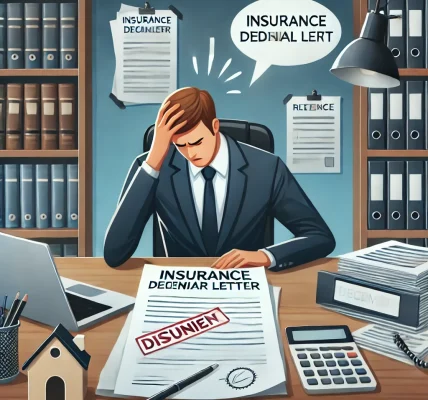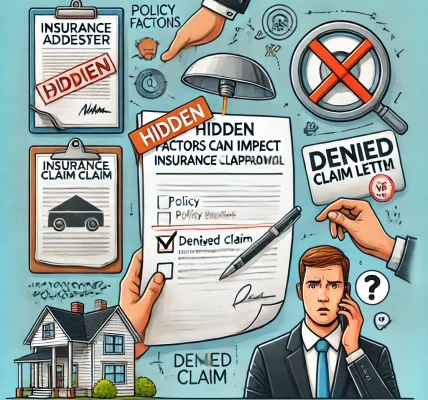Filing an insurance claim can seem overwhelming, especially during stressful situations like accidents, illnesses, or property damage. However, understanding the process and following a structured approach can ensure a smooth claim settlement. This comprehensive guide will walk you through the key steps to file an insurance claim efficiently, while also providing important tips to avoid common pitfalls.
Understanding Insurance ClaimsAn insurance claim is a formal request made to an insurance company for compensation or coverage of losses as per the policy terms. Claims can vary depending on the type of insurance, such as health, auto, home, or business insurance.
Step 1: Review Your Insurance PolicyBefore filing a claim, carefully review your insurance policy to understand:
Coverage limits
Exclusions
Deductibles
Timeframe for filing claims
Required documents
Each policy has specific conditions, and knowing these details in advance can help prevent unnecessary delays or rejections.
Step 2: Notify Your Insurance ProviderPromptly inform your insurance company about the incident that requires a claim. Many insurers have deadlines for reporting claims, so quick action is crucial.
How to Notify?Call the insurance helpline
Use the insurer’s online portal or mobile app
Send an email to the claims department
Visit a local branch (if applicable)
Provide essential details like your policy number, date and time of the incident, and a brief description of what happened.
Step 3: Gather and Submit Required DocumentsDocumentation is key to claim approval. Commonly required documents include:
For Health Insurance Claims:Hospital bills and discharge summary
Doctor’s prescription
Medical test reports
Insurance policy details
For Auto Insurance Claims:Copy of your driving license
FIR (if required)
Vehicle registration certificate (RC)
Repair bills and estimates
For Home Insurance Claims:Photographic evidence of damage
Police report (in case of theft)
Repair estimates
List of damaged items
Ensure all documents are clear and accurate to prevent claim rejection.
Step 4: Work with an Insurance AdjusterOnce your claim is submitted, the insurer assigns a claim adjuster to evaluate the damage or loss. The adjuster may:
Inspect the affected property (home, vehicle, etc.)
Assess the validity of the claim
Interview witnesses or involved parties
Negotiate the settlement amount
Cooperate fully and provide any additional information requested by the adjuster.
Step 5: Receive Your Claim SettlementAfter verification, the insurance company processes the claim and disburses the approved amount. The settlement can be:
Direct payment to you (for expenses you incurred)
Direct payment to the hospital, repair shop, or service provider (for cashless claims)
The processing time varies depending on the complexity of the claim and the completeness of your documentation.
Common Reasons for Claim RejectionClaims may be denied due to:
Providing incorrect or incomplete information
Delay in claim filing
Exclusions under the policy
Lack of sufficient documentation
Pre-existing conditions (for health insurance claims)
To avoid rejection, double-check all documents and comply with the insurer’s requirements.
Tips for a Smooth Claim ProcessKeep Copies of All Documents: Always maintain a record of all submitted documents and communications.
Be Honest: Provide accurate information; false claims can lead to legal consequences.
Follow Up Regularly: Stay updated on your claim status by checking with the insurer.
Know Your Rights: If a claim is unfairly denied, you can appeal or seek legal advice.
Use Digital Channels: Many insurers offer online claim filing and tracking for convenience.
Final ThoughtsFiling an insurance claim doesn’t have to be complicated. By following these steps and understanding your policy, you can ensure a hassle-free claims process. If in doubt, consult your insurance provider for clarification and guidance.
Being informed and prepared can help you get the financial assistance you deserve when you need it the most.
Policy WorldSearch
Your Guide to Insurance & Legal Solutions




